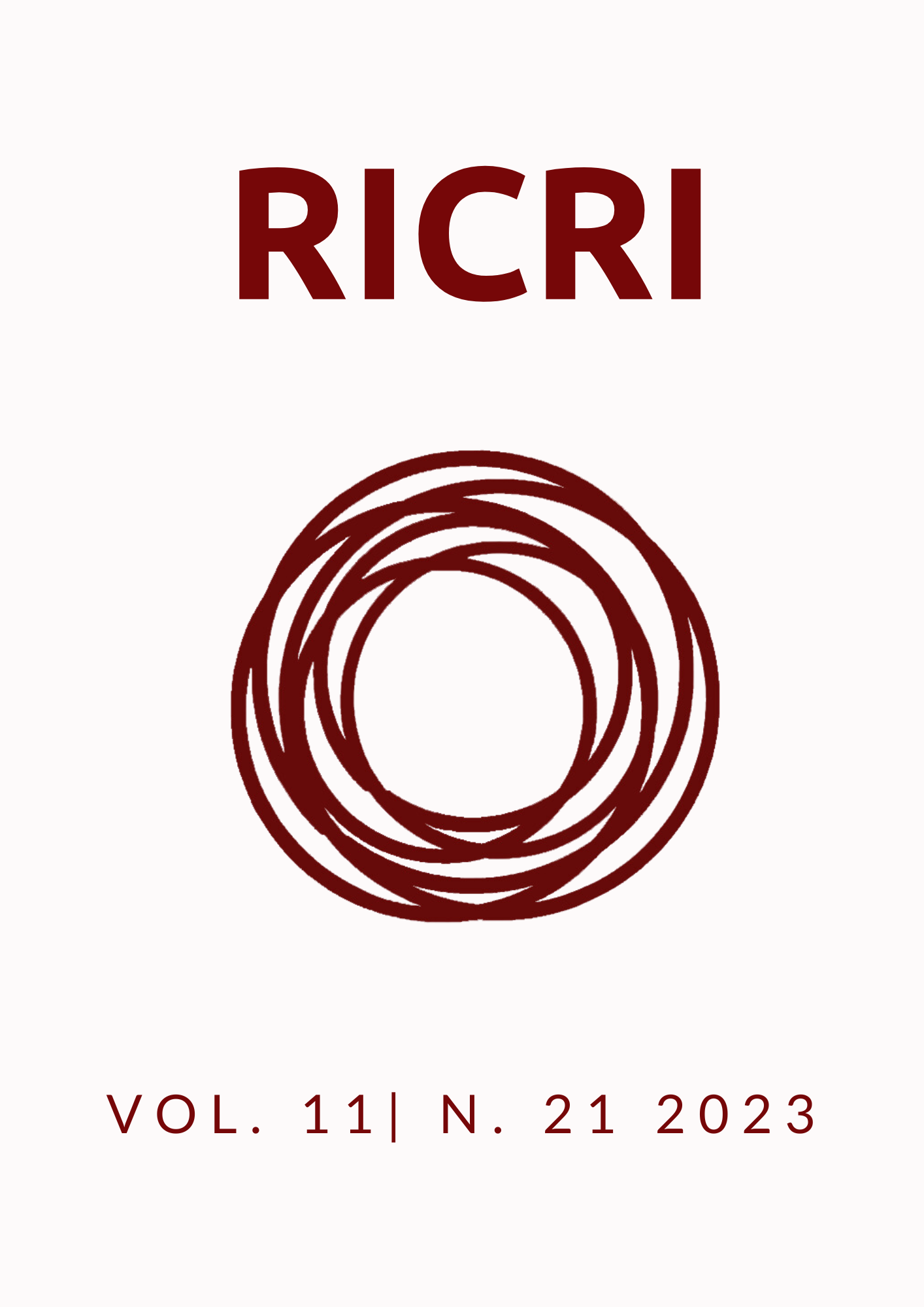O Avanço do Terrorismo de Ultradireita nos EUA desde 2009
DOI:
https://doi.org/10.22478/ufpb.2318-9452.2023v11n21.66911Abstract
The article presents the hypothesis that far-right terrorism in the US has increased since 2009, after the inauguration of President Barack Obama. Using exploratory qualitative methodology, it seeks to answer the questions: what is right-wing terrorism? How and with what motivation has this phenomenon manifested itself in the USA? What can be expected in the future? Through the analysis of theoretical statements and quantitative research carried out in the Global Terrorism Database (GTD), the hypothesis was confirmed. Theoretical definitions of terrorism and the main ideological elements of the US far right were analyzed. A typology of current US far right terrorism was also identified. The phenomenon of terrorism committed by so-called 'lone wolves' was explored as well as how their association with the far right represents a serious threat to society. In addition, the central characteristics of the US political context that contribute to the exacerbation of terrorism were considered. Based on the research conducted, the prognosis is that far-right terrorism in the US tends to continue to grow.
Downloads
Published
How to Cite
Issue
Section
License
Copyright (c) 2023 Journal of Scientific Initiation on International Relations

This work is licensed under a Creative Commons Attribution-NonCommercial 4.0 International License.
Authors who publish with this journal agree to the following terms:
a. Authors retain copyright and grant the journal right of first publication with the work simultaneously licensed under a Creative Commons Attribution License that allows for sharing of work with acknowledgment of its initial publication in this journal.
b. Authors are able to take on additional contracts separately for non-exclusive distribution of the version of the work published in this journal (e.g., post it to an institutional repository or as a book), with an acknowledgment of its initial publication in this journal.
c. Authors are permitted and encouraged to post their work online ( eg, in institutional repositories or on their website) at any point before or during the submission process, as it can lead to productive exchanges , as well as increase the impact and citation of published work ( See the Effect of Open Access).




